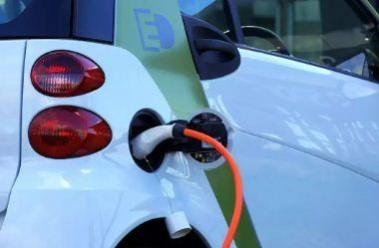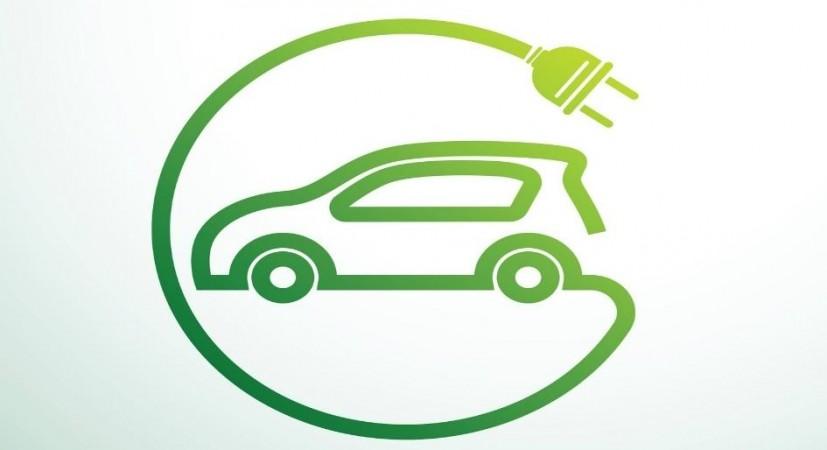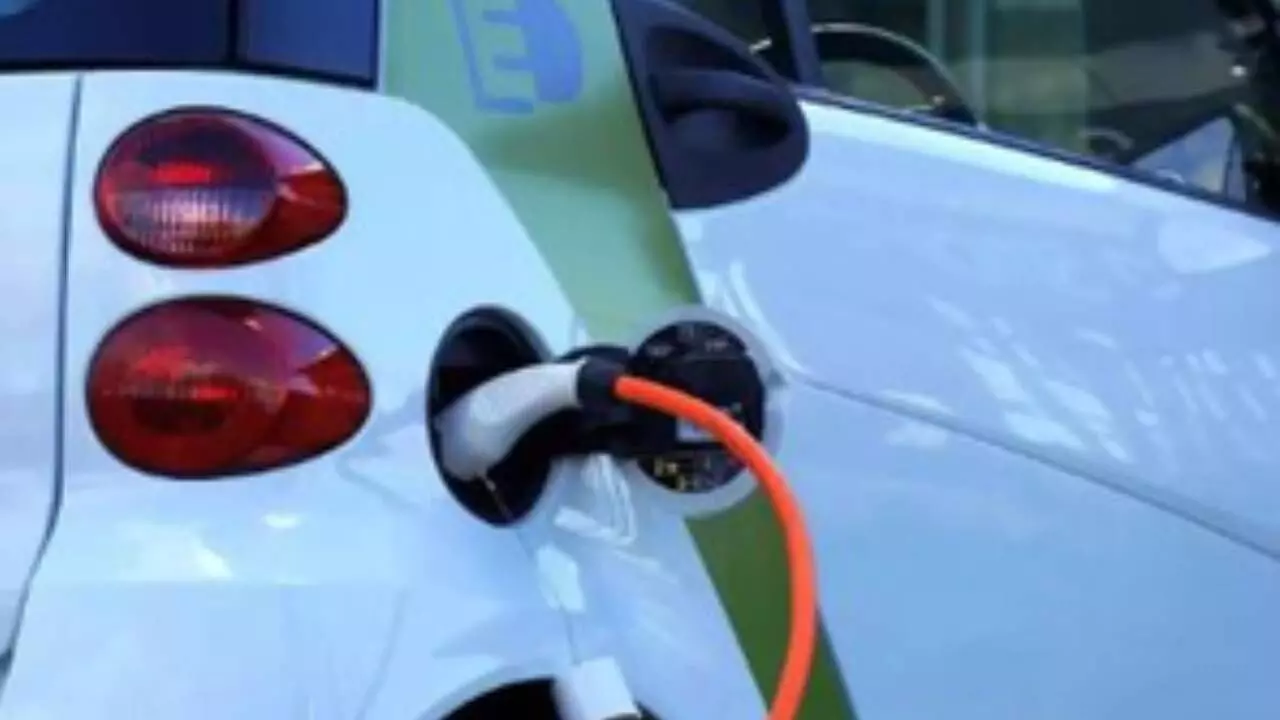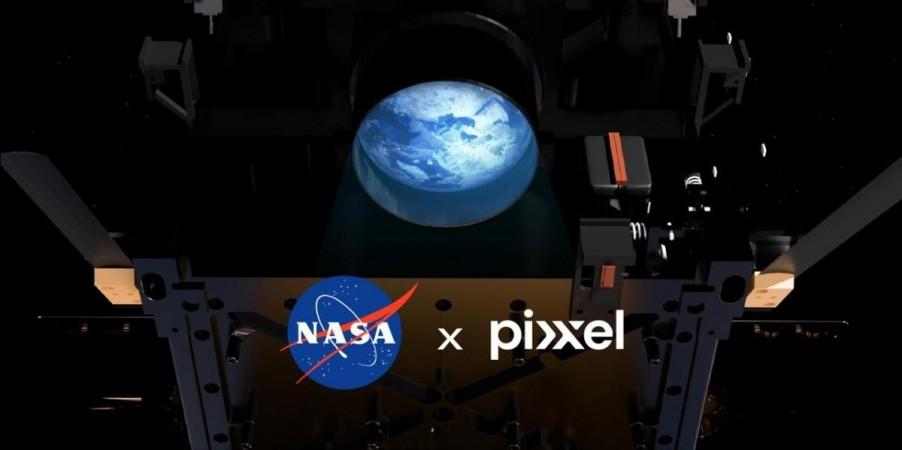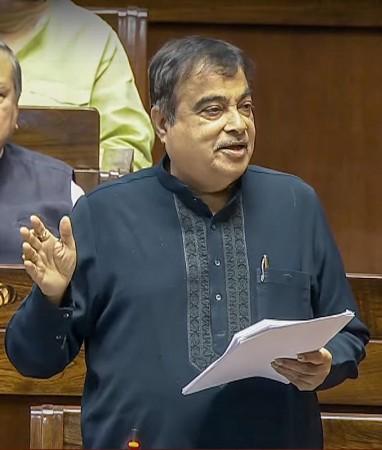
Meta, the parent company of WhatsApp, has announced a slew of new features and updates for the popular messaging app. These updates, aimed at millions of small businesses across the country, are designed to help them grow and thrive, particularly in the lead-up to the festive season. The announcement was made at the inaugural ‘WhatsApp Business Summit’ held in the country.
One of the key features introduced is the ‘Meta Verified’ feature, now accessible to all eligible small businesses in India using the WhatsApp Business app. Businesses that opt to subscribe and prove their authenticity will receive a verified badge, protection against impersonation, account support, and premium features. These features are designed to enhance their online brand presence and streamline communication with customers.
The verified badge will also be visible on their WhatsApp Channels and Business pages, facilitating easy sharing on social media platforms and websites. This move is expected to instill a sense of trust and credibility among customers, thereby enhancing the business’s reputation and customer base.
Sandhya Devanathan, VP, Meta in India, emphasized the central role of WhatsApp in India’s digital transformation. She stated, The ubiquity and ease of WhatsApp places it at the centre of India’s transformation, helping businesses fuel compelling ideas and new models of growth. This statement underscores the potential of WhatsApp as a powerful tool for business growth and innovation.

In addition to the ‘Meta Verified’ feature, Meta is also introducing the ability for small businesses to send customized messages to their customers. This feature allows businesses to send personalized messages such as appointment reminders, birthday greetings, or updates on a holiday sale, all in a faster and more efficient way. This feature, available for a fee, not only enhances customer engagement but also allows businesses to schedule the day and time the messages are sent, thereby offering greater flexibility and control.
In a pioneering initiative, Meta will soon launch the ‘WhatsApp Business Yatra‘ in India. This initiative will see the social media giant reaching out to small businesses in tier 2 and 3 cities, providing on-ground, in-person training. This move is expected to empower small businesses with the knowledge and skills to leverage the new features effectively.
The introduction of these features comes at a time when about 60 per cent of WhatsApp users are interacting with businesses every week. Overall, around 92 per cent of users are using messaging apps to interact with the businesses. This data underscores the growing importance of digital platforms like WhatsApp in business communication and customer engagement.
Historically, Meta has always been at the forefront of digital innovation. The company’s focus on small businesses is not new. In 2018, WhatsApp launched the WhatsApp Business app, designed specifically for small and medium-sized businesses. The app provided businesses with tools to automate, sort, and quickly respond to messages. The latest updates can be seen as a continuation of Meta’s commitment to supporting small businesses and fostering their growth.

